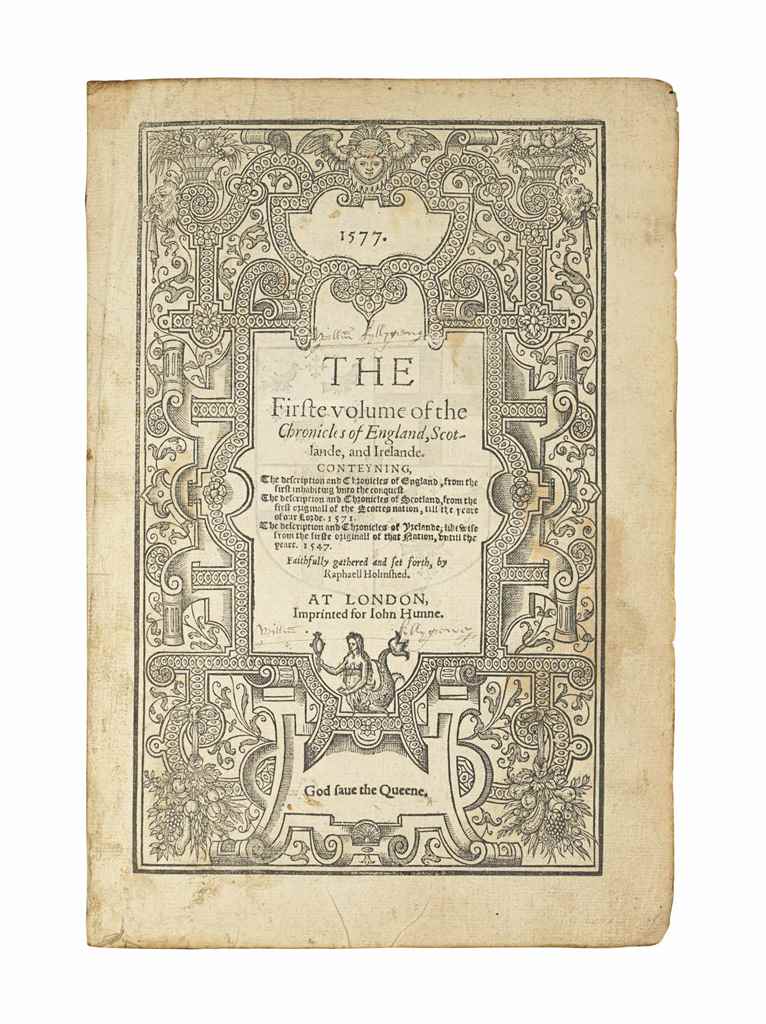GNADENSTUHL TRINITY, historiated initial ‘D’ on a leaf from a Ferial Psalter, illuminated manuscript on vellum [Paris, c.1290s].
GNADENSTUHL TRINITY, historiated initial ‘D’ on a leaf from a Ferial Psalter, illuminated manuscript on vellum [Paris, c.1290s]. 276 x 204mm. The historiated initial with border extending the height of the page, opening Psalm 109 for Sunday Vespers, ‘Dixit dominus domino meo’, written space: 213 x 123mm; verso with 19 lines of text and music, initials in gold against blue and pink backgrounds, rubrics in red (some loss of pigment to the throne in the miniature and to the border in the lower margin, light staining to upper margin). A splendid example of illumination from a hitherto unknown manuscript by the workshop of Maître Honoré, the first recorded illuminator of the French royal court. Attributable perhaps to Richard de Verdun, listed in the 1292 Paris tax rolls as son-in-law and junior associate to Maître Honoré of Rue Erembourc de Brie, Richard was one of the major illuminators active in Paris at the end of the 13th century and turn of the 14th, and we know that by 1318 he was working with a junior associate, Jean de La Mare, on three large antiphonals for the Sainte-Chapelle. The Honoré Group style, characterised by its sculptural compositions, its clean, minimalist lines and stark contrasting colours, can be found in several manuscripts – among which Bibles at Chantilly, Musée Condé, MSS 4–5; Paris, Bibliothèque de l’Arsenal, MS. 5056 and a Missal for the royal chapel (Paris, Bibliothèque nationale de France, MS. lat. 861). Current consensus has it that Richard’s probable origins in Lorraine, as suggested by his name, led to a hybrid style blending characteristics of both Parisian and Lorraine-produced codices (such as the volumes produced for the Counts of Bar). Particularly close in style to the present leaf is a Bible at the British Library, Harley MS. 616 – also attributed to Richard de Verdun – and a Breviary at the Morgan Library, MS M.1042 (and specifically the Gnadenstuhl initial on f.92v).
GNADENSTUHL TRINITY, historiated initial ‘D’ on a leaf from a Ferial Psalter, illuminated manuscript on vellum [Paris, c.1290s].
GNADENSTUHL TRINITY, historiated initial ‘D’ on a leaf from a Ferial Psalter, illuminated manuscript on vellum [Paris, c.1290s]. 276 x 204mm. The historiated initial with border extending the height of the page, opening Psalm 109 for Sunday Vespers, ‘Dixit dominus domino meo’, written space: 213 x 123mm; verso with 19 lines of text and music, initials in gold against blue and pink backgrounds, rubrics in red (some loss of pigment to the throne in the miniature and to the border in the lower margin, light staining to upper margin). A splendid example of illumination from a hitherto unknown manuscript by the workshop of Maître Honoré, the first recorded illuminator of the French royal court. Attributable perhaps to Richard de Verdun, listed in the 1292 Paris tax rolls as son-in-law and junior associate to Maître Honoré of Rue Erembourc de Brie, Richard was one of the major illuminators active in Paris at the end of the 13th century and turn of the 14th, and we know that by 1318 he was working with a junior associate, Jean de La Mare, on three large antiphonals for the Sainte-Chapelle. The Honoré Group style, characterised by its sculptural compositions, its clean, minimalist lines and stark contrasting colours, can be found in several manuscripts – among which Bibles at Chantilly, Musée Condé, MSS 4–5; Paris, Bibliothèque de l’Arsenal, MS. 5056 and a Missal for the royal chapel (Paris, Bibliothèque nationale de France, MS. lat. 861). Current consensus has it that Richard’s probable origins in Lorraine, as suggested by his name, led to a hybrid style blending characteristics of both Parisian and Lorraine-produced codices (such as the volumes produced for the Counts of Bar). Particularly close in style to the present leaf is a Bible at the British Library, Harley MS. 616 – also attributed to Richard de Verdun – and a Breviary at the Morgan Library, MS M.1042 (and specifically the Gnadenstuhl initial on f.92v).















Try LotSearch and its premium features for 7 days - without any costs!
Be notified automatically about new items in upcoming auctions.
Create an alert